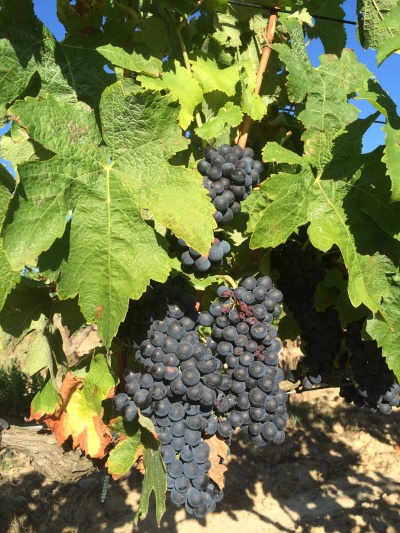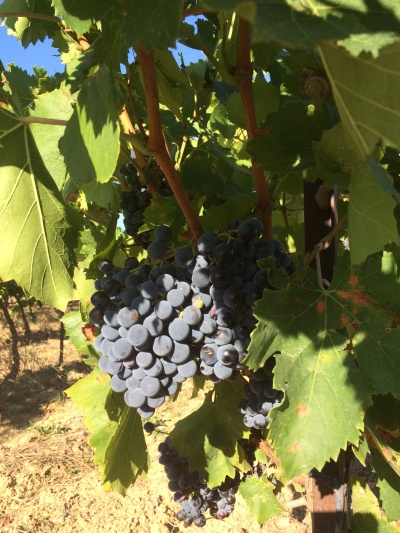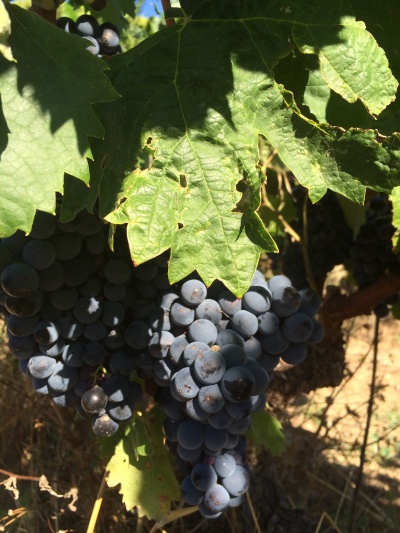Subsequently, the demise of olive groves due to harsh winters would once again promote the expansion of wine growing though towards the end of the 19th century, market conditions were jeopardised by fraud and overproduction. In 1908, the wine growers of Corbières set up a producers’ organisation. In 1923, the production area was demarcated and in 1951, their wine was awarded the VDQS quality standard – it was the first time their efforts had been rewarded.
In 1985, Corbières became a member of the controlled appellation family. Since then, the producers’ organisation has rolled out an ambitious development agenda involving the introduction of a quality hierarchy (see The Appellation).
In terms of area under vine, Corbières is now Languedoc’s leading appellation and France’s fourth largest.





